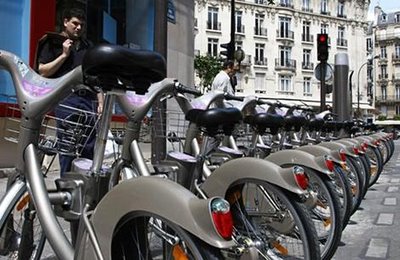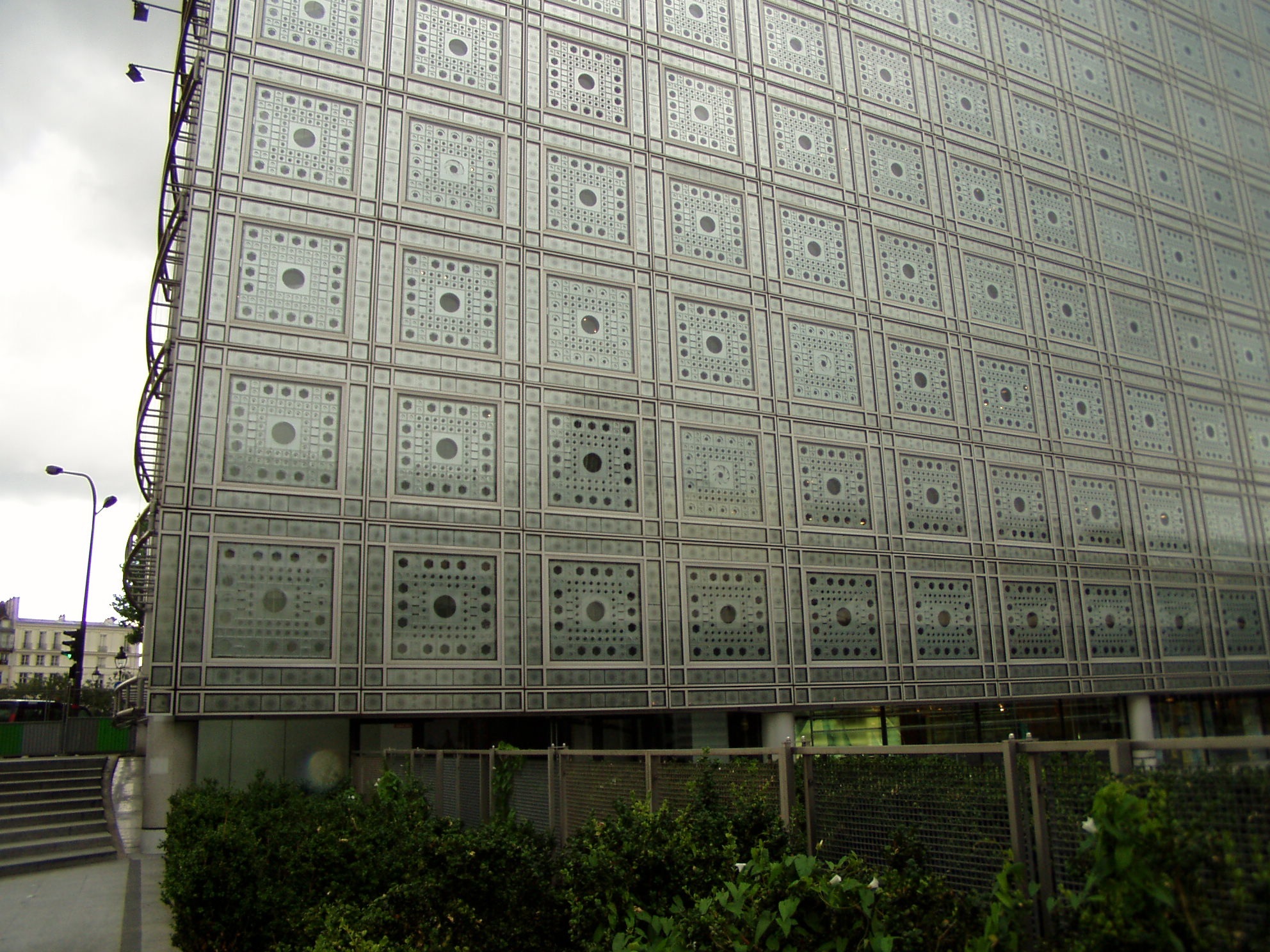
[image via anArchitecture via AP]
Horns honking, cabbies swearing, streets filled with a slow moving mass of metal particles, pedestrians choking on exhaust fumes: Traffic. Nothing says Urban center like a heaping helping of fossil fuel consumption, or does it? Paris and Vienna have both rolled out free short term bicycle rentals (albeit at different scales) as a social experiment and attempt to reduce reliance on automobiles and ease traffic within the urban centers of these two European Cities (read about it here).
This is something that could work in the Old Growth Cities along the eastern seaboard of the US, as long as it is kept free for short term rides and deployed in massive numbers (like Paris). If you coupled this with a good commuter rail system this could make up for a non-extensive subway system: it would be a method of getting people from the rail terminus to their destinations. I can see this working like the zip car phenomenon, but in reverse. Instead of renting one on those rare occasions where you need to drive out of town, people could rent bikes daily (if there was enough of a supply) to go to and from work and the store. Of course this would not help commuters from the suburbs, but since it could alleviate casual car use amongst residents it would reduce some of the daily traffic. I could imagine NY, Boston, Philadelphia, Baltimore, and DC all benefitting greatly from this kind of program.
